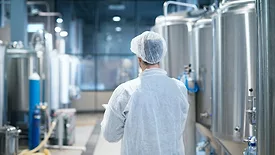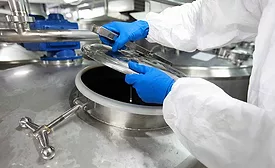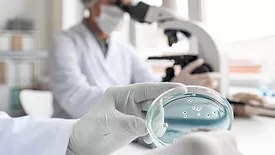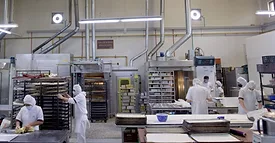Sanitation
Fundamental Requirements of the 3-A Sanitary Standards and their Relationship with Regulations
Although the 3-A Standards are not regulations, many regulatory authorities treat them as such to permit the use of equipment for food or dairy processing
December 19, 2024
Facilities Focus: Manage Your Physical Plant as a Prerequisite
Failure to properly manage and maintain your physical plant can result in foodborne illness, recalls, and even plant closures
December 11, 2024
Sponsored Content
Turn Food-Safety into a Competitive Advantage - Watch How in Ammeraal Beltech Exclusive video
November 22, 2024
Never miss the latest news and trends driving the food safety industry
eNewsletter | Website | eMagazine
JOIN TODAY!Copyright ©2025. All Rights Reserved BNP Media.
Design, CMS, Hosting & Web Development :: ePublishing












